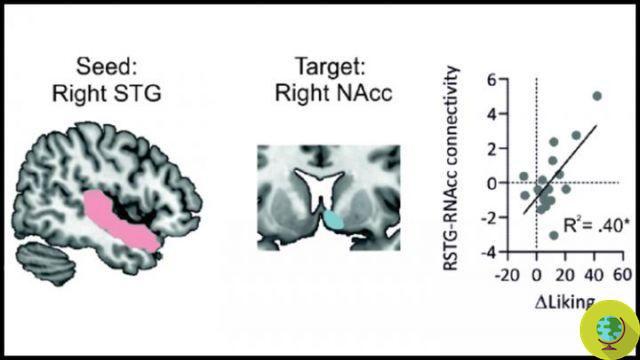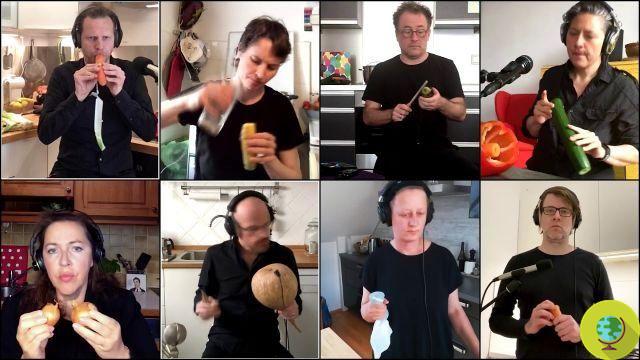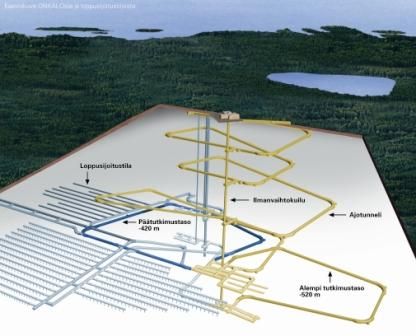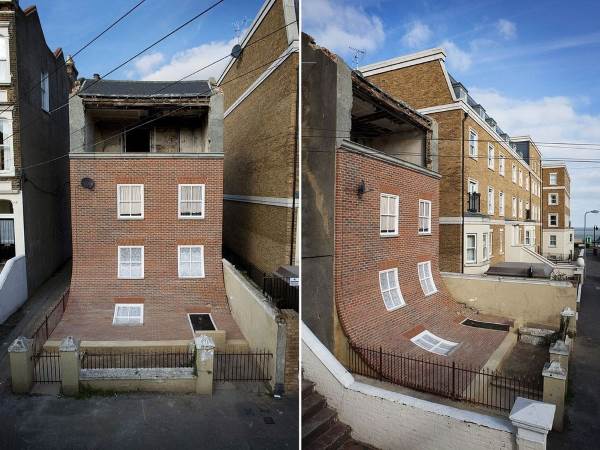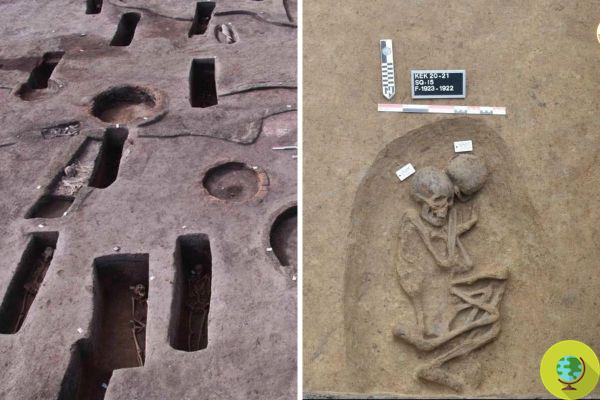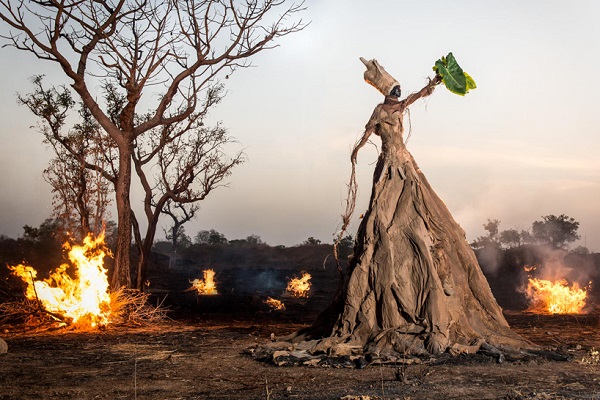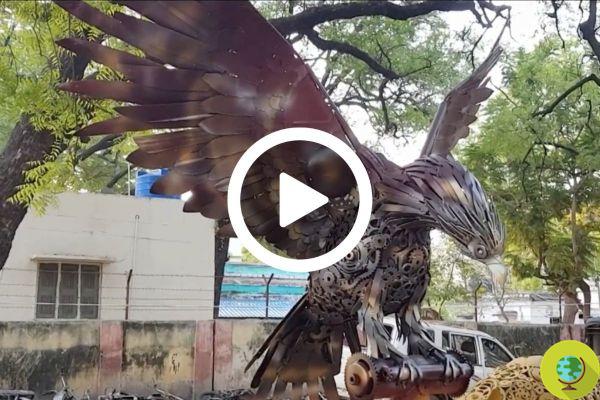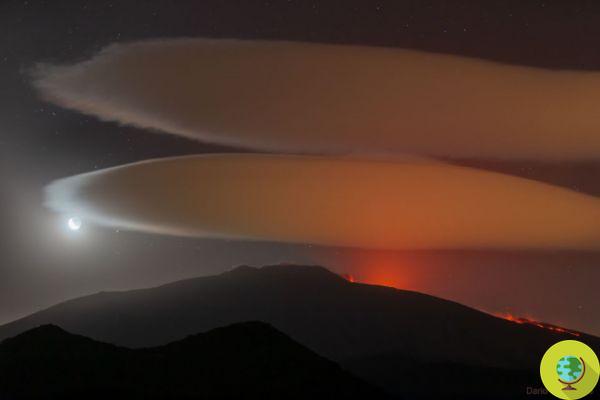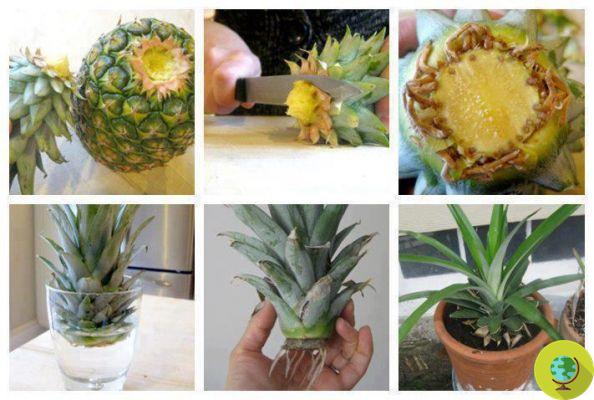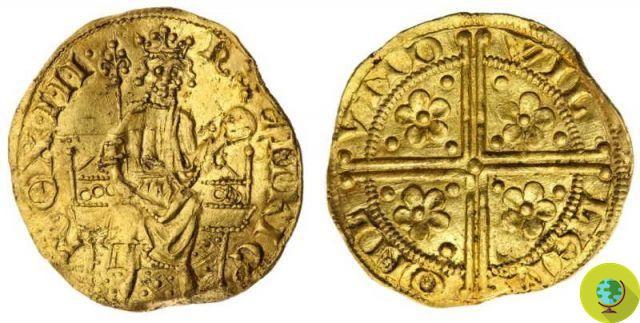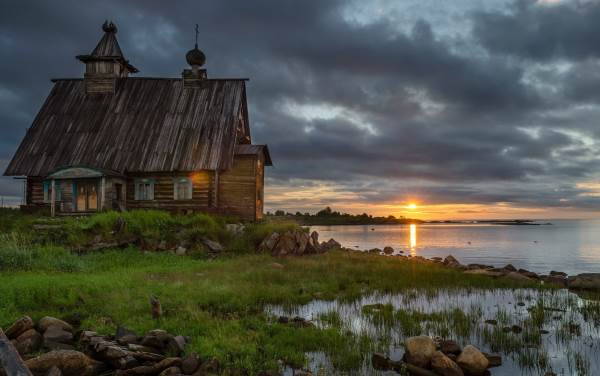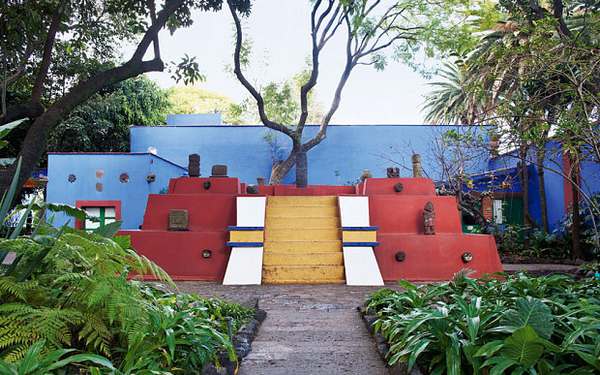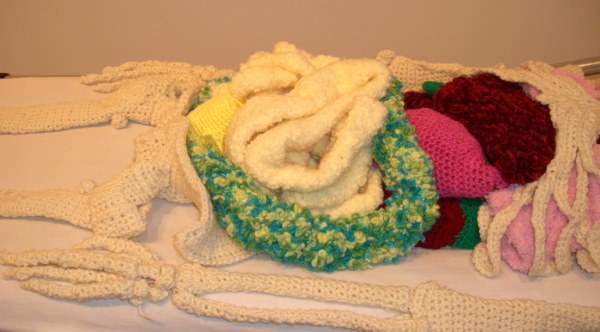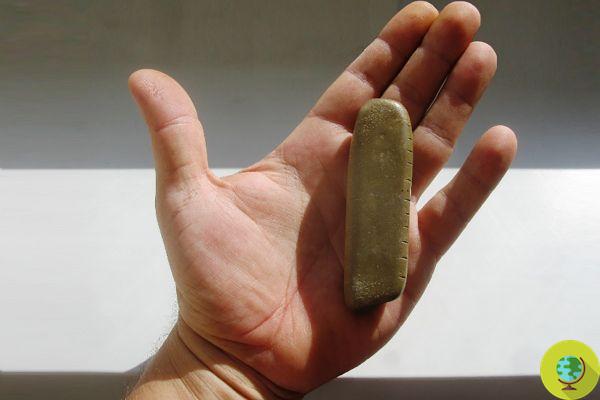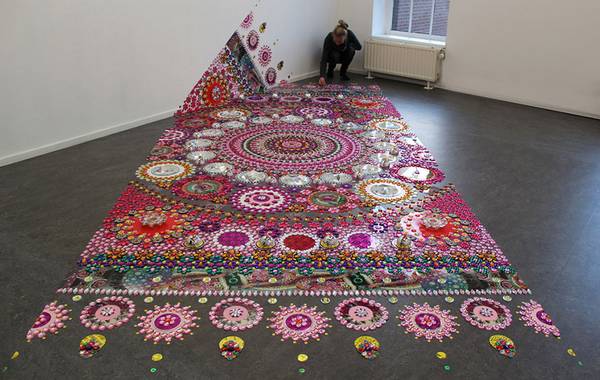A new study conducted on DNA and published in Nature has revealed that Native Americans and Polynesians met as early as 1150 AD
Native Americans and Polynesians were in contact across the Pacific Ocean a few centuries earlier than when Europeans first managed to land on their lands. To say it is a new study.
In the journal Nature it appeared a study conducted by a team from Stanford University, guidato da Alexander Ioannidis dell’Institute for Computational and Mathematical Engineering.
The research found that the interaction between Native Americans and Polynesians likely occurred before people settled on Rapa Nui (also known as Easter Island), the closest Polynesian island to the South American coast that was once thought to be a probable point of contact between the two peoples.
THEpre-Columbian encounter between Polynesians and Native Americans has long been the subject of debate and various pieces of evidence had already suggested the possible existence of a contact between the two peoples before the one considered official (however, the hypothesis was often contested by many historians and archaeologists).
For example, there have been some genetic studies on sweet potatoes showing how the plant was domesticated in Peru and then spread to Polynesia about 1.000 years ago. The Polynesian name to indicate the tuber is among other things "kuumala" which recalls the equivalents in the Andean Quechua language: "kumara" and "cumal".
There was even the Norwegian explorer Thor Heyerdahl who made a trip to the Pacific on a raft to prove that Native Americans and Polynesians could have accomplished such a feat successfully.
In recent years, researchers studying human DNA have entered the debate, analyzing the genomes of the inhabitants of Rapa Nui, famous for its impressive stone statues. A 2014 DNA study of 27 people residing on Easter Island found that around 8% of their genetic makeup came from Native American ancestry.
Research suggested that the two groups mingled as early as AD 1340, centuries before Europeans came into contact with Rapa Nui residents in 1722 and subsequently violently raided their island to enslave them.
The new study now adds important clarifications. The team looked at the genomes of over 800 individuals from 17 Polynesian islands, including Rapa Nui, as well 15 different coastal indigenous groups in South America.
“Previous studies have focused only on the possibility that [Rapa Nui] is the point of contact. We have opened the question to explore other options in the Pacific, ”said senior author Andrés Moreno-Estrada, geneticist at Mexico's National Genomics Laboratory for Biodiversity.
The researchers basically found that the contacts between Polynesian individuals and a group of Native Americans related to today's Colombian natives they already took place in 1150 AD, two centuries earlier than indicated by the 2014 DNA study.
The place where the researchers were able to detect the first sign of contact is Fatu Hiva, an island of the Southern Marquesas archipelago. Fatu Hiva is much farther from South America than Rapa Nui, but it may be more easily accessible due to favorable winds and currents.
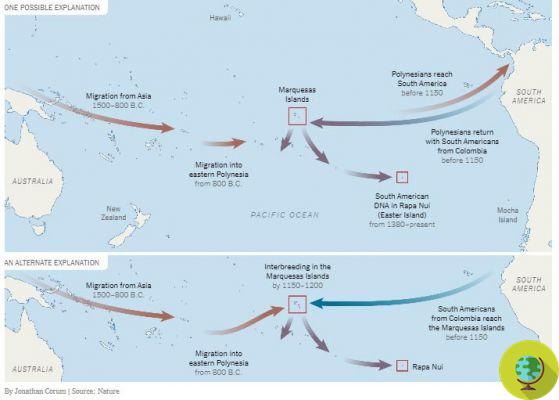
In practice even today, the inhabitants of Rapa Nui and other Polynesian islands have small quantities of DNA inherited from people who lived in Colombia about 800 years ago. The only plausible explanation seems to be the fact that the Polynesians somehow arrived in South America.
The Nature report still leaves open the question of how exactly this contact between Polynesians and Native Americans came about. Polynesians may have reached the coasts of South America carrying sweet potatoes and local natives, or their descendants may have returned to Polynesia carrying indigenous South American genetic makeup.
Second Carl Lipo, a Binghamton University archaeologist who studied the Rapa Nui population but was not involved in the new study, most of the archaeological evidence supports one of these scenarios rather than the fact that it was Native Americans who first arrived in Polynesia. .
Fonti: National Geographic / Nature
Read also:
Easter Island, the mystery of the Moai revealed: they signaled the presence of drinking water
Discovered the Viking settlement that will rewrite the history of Iceland. It is the oldest ever found





